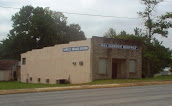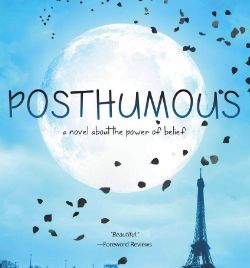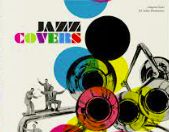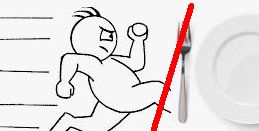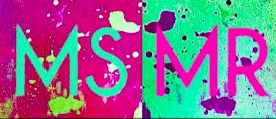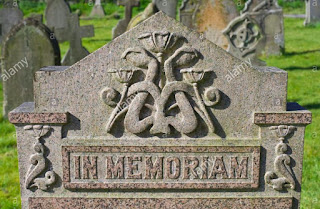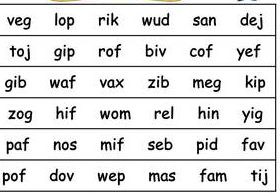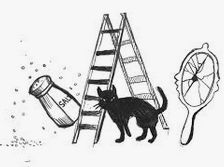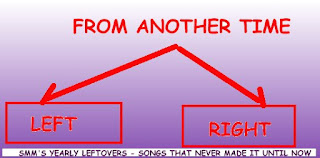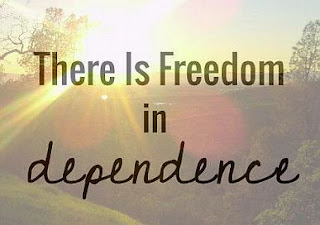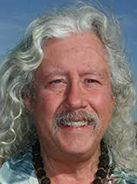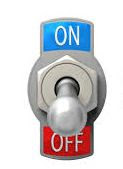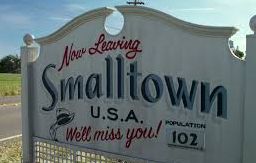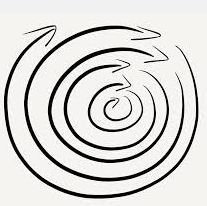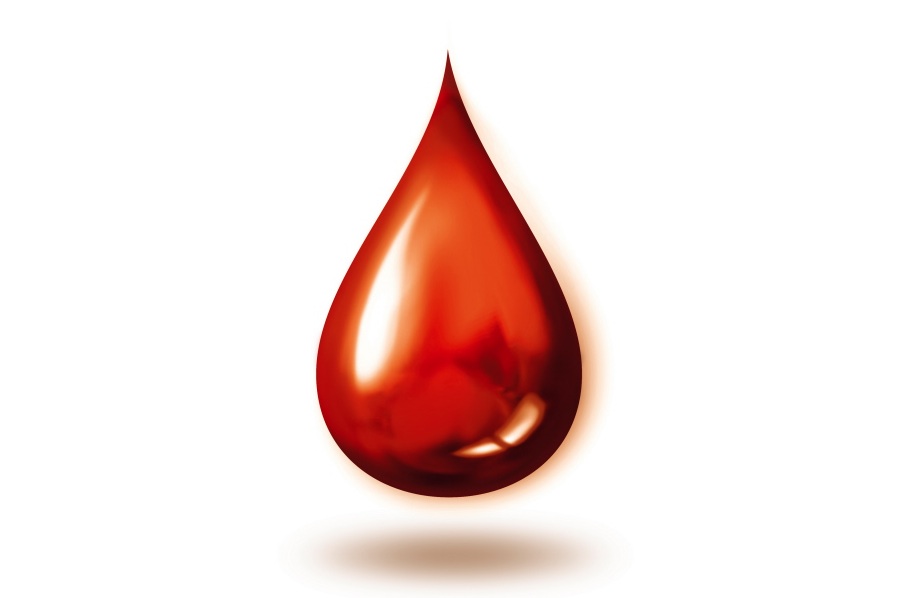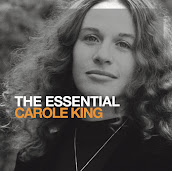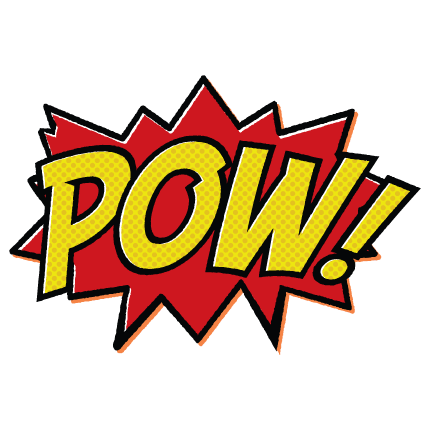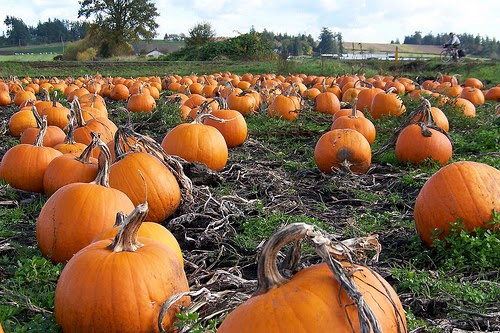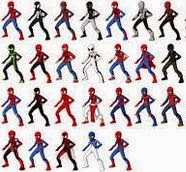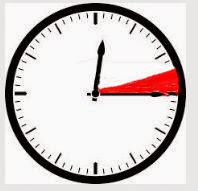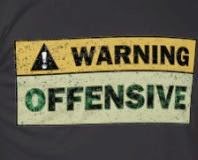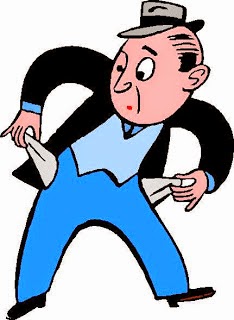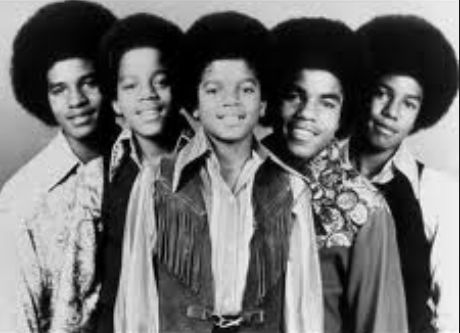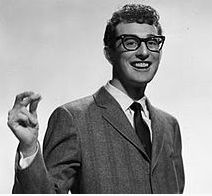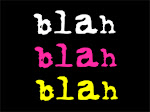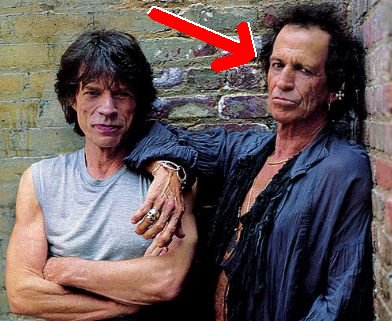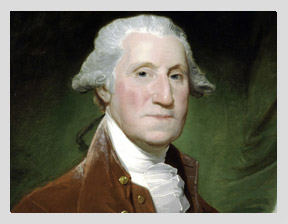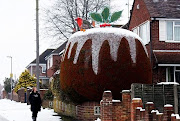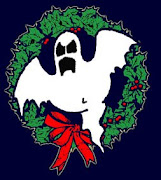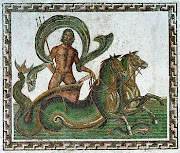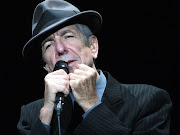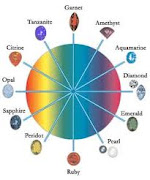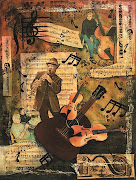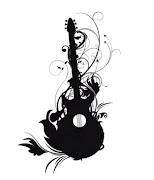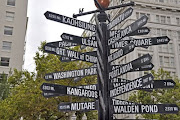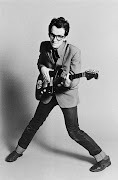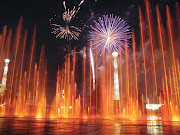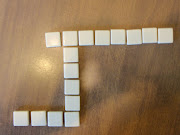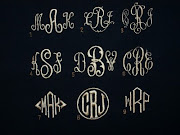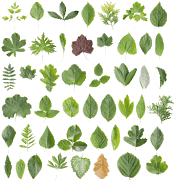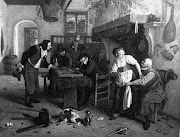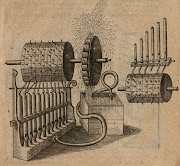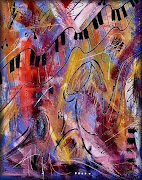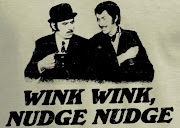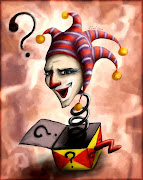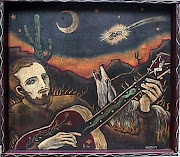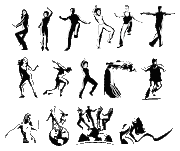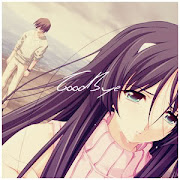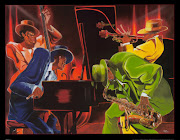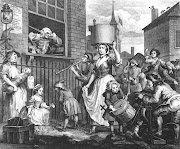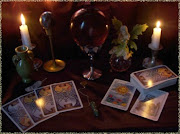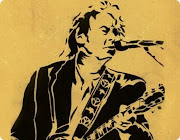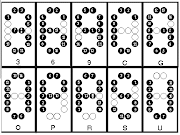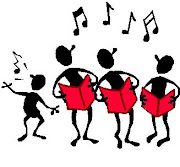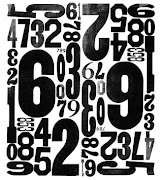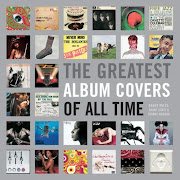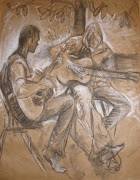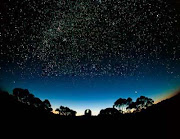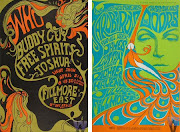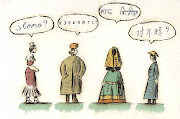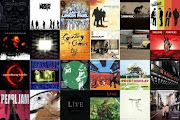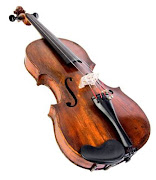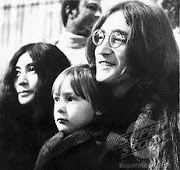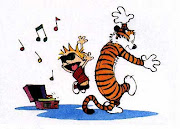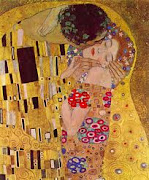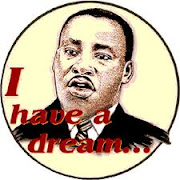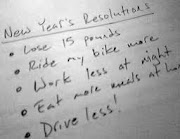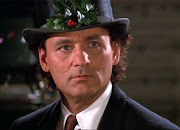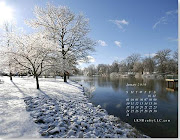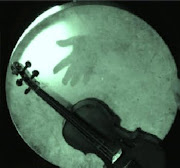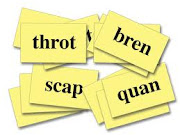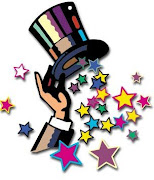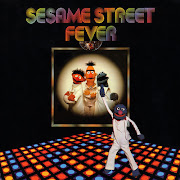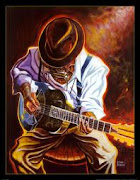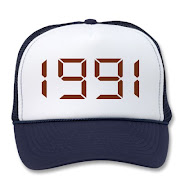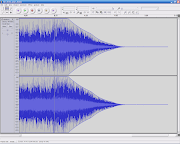The Allman Brothers: In Memory of Elizabeth Reed
[purchase]
Brothers Duane and Gregg Allman grew up in Daytona Beach, Florida and formed various bands... The Escorts, The Allman Joys, The Hour Glass... before eventually connecting with Dickey Betts, Butch Trucks, Berry Oakley and Jaimoe to form The Allman Brothers Band, a Southern rock, roots and blues group who were at the top of their game in the late 60's and early 70's until the untimely deaths of Duane and Berry in separate motorcycle accidents, one year and three blocks apart (they're actually buried next to each other in Rose Hill Cemetery in Macon, Georgia)...
You can certainly read more about the various incarnations of the band since - what I recall personally is that, spending my teen years in Atlanta, I was lucky to see them live, for free, many times in Piedmont Park, Live at Fillmore East changed my life (the band consisted of two lead gutarists, two drummers, a bass player and a vocalist/keyboard player - who does that?!?)... and I had a poster of Duane over my bed until I went away to college in 1972...
In Memory of Elizabeth Reed, which I wanted to post for our Long Songs theme... and again for Leftovers last week but never got around to it either time, is, in my opinion, a perfect instrumental, written by Dickey Betts...
From Wikipedia:
In this performance, Betts opens the song with ethereal volume swells on his guitar, giving the impression of violins. Slowly the first theme begins to emerge, and Duane Allman's guitar joins Betts in a dual lead that sometimes doubles the melody, sometimes provides a harmony line, and sometimes provides counterpoint. The next section has the tempo pick up to a Santana-like, quasi-Latin beat, with a strong second-theme melody being driven by unison playing and harmonized guitars.
Betts now takes a solo that starts from the second theme. This leads into an organ solo from Gregg Allman, with the two guitars playing rhythm figures in the background. Throughout, percussionists Butch Trucks and Jai Johanny Johanson play in unison, providing what has been described as "a thick bed of ride-snare rhythm for the soloists to luxuriate upon."
Now it is Duane Allman's turn, and he starts out quietly rephrasing the first theme. He then gradually builds to a high-pitched climax, with Berry Oakley's bass guitar playing a strong counterpoint lead underneath him against the band's trademark percussive backing. Allman cools off into a reverie, then starts up again, finding an even more furious peak. Parts of this solo would draw comparison to John Coltrane and his sheets of sound approach, other parts to Miles Davis and his classic Kind of Blue album. Duane Allman biographer Randy Poe wrote that the solo reflected the emerging jazz fusion movement, but in reverse: "[Allman]'s playing jazz in a rock context." Allman himself told writer Robert Palmer at that time, "that kind of playing comes from Miles and Coltrane, and particularly Kind of Blue. I've listened to that album so many times that for the past couple of years, I haven't hardly listened to anything else." Almost two decades later, Palmer would write of the Allmans, "that if the musicians hadn't quite scaled Coltrane-like heights, they had come as close as any rock band was likely to get." Rolling Stone would say in 2002 that the song's performance found the musicians "lock[ed] together ... with the grace and passion of the tightest jazz musicians," while in 2008, it said the trills, crawls, and sustain of the guitar work represented "the language of jazz charged with electric R&B futurism."
Following the Duane Allman solo, the band drops off and a relatively brief but to-the-point percussion break is taken by Trucks and Johanson, that reflects Kind of Blue drummer Jimmy Cobb's work. The full band then enters to recap the mid-tempo second theme, and the song is finished off abruptly. The Fillmore audience lets a couple of silent beats pass before erupting in applause.
I can still hum/ba-dum/air-strum every note of the 13-minute tune... 38 years later - backstory on Elizabeth Reed's inspiration here (and, interestingly, she is buried "144 steps to the south" of Duane and Berry)...




































